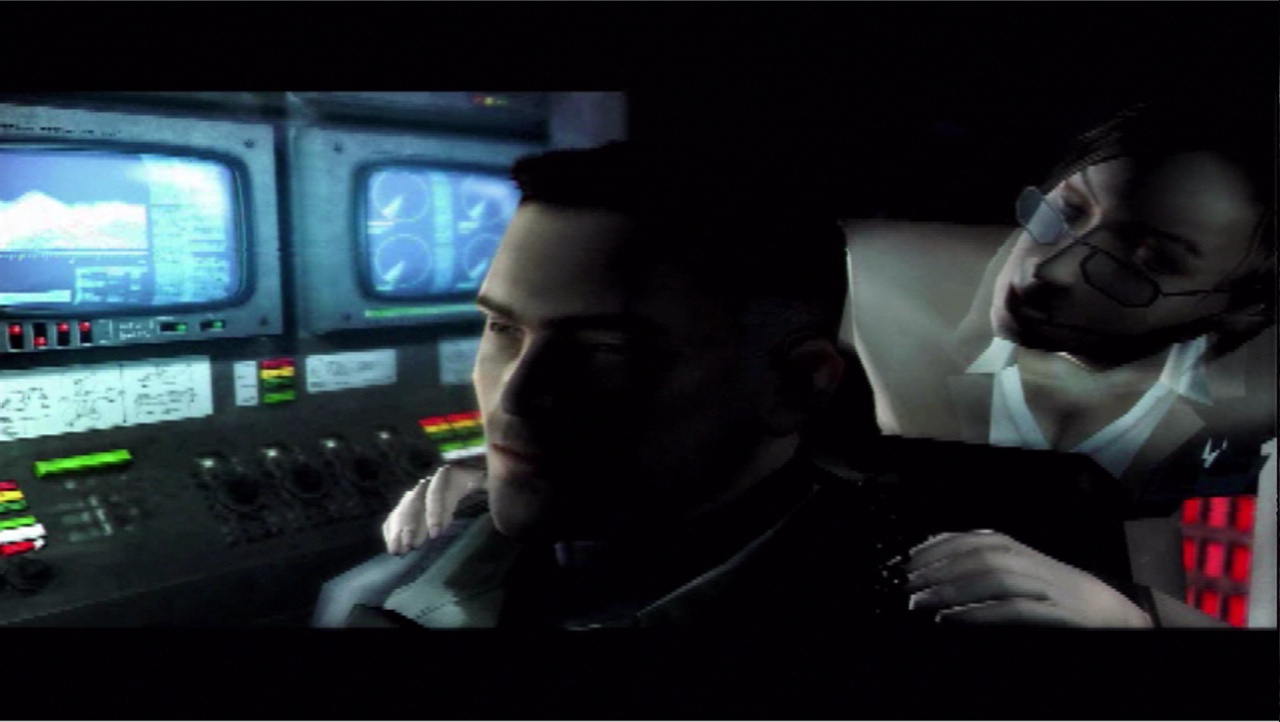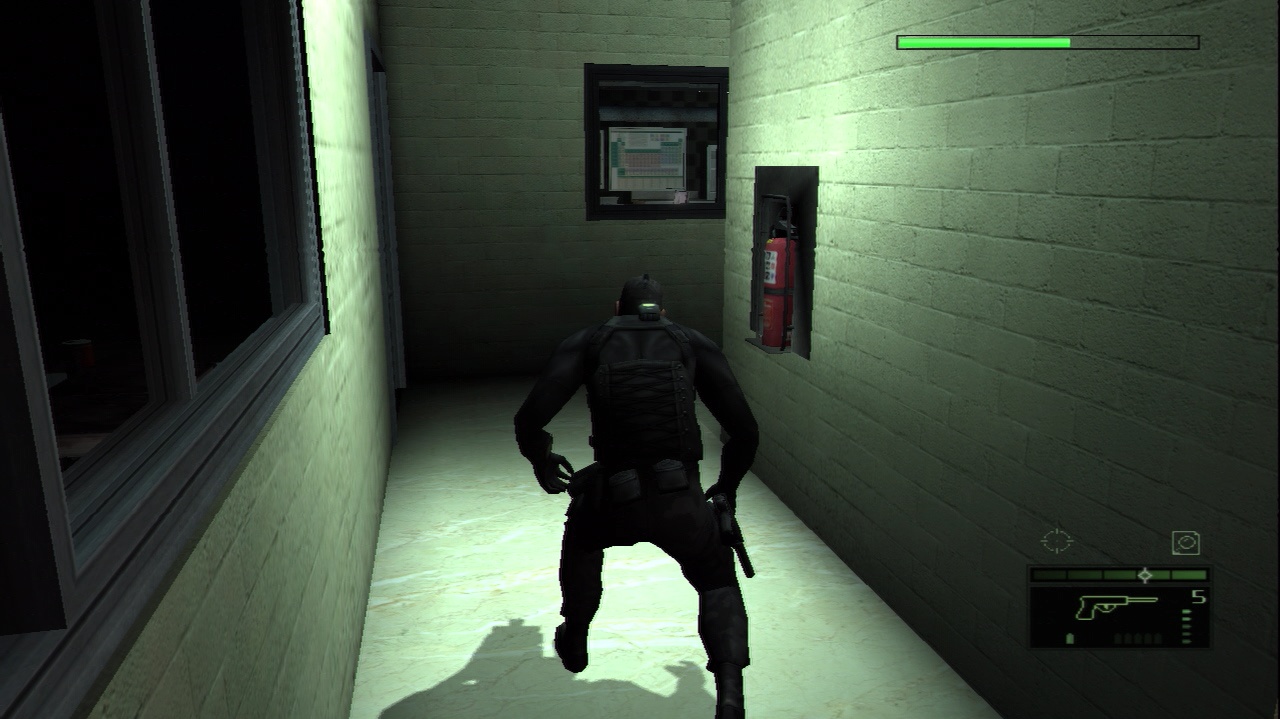UK REVIEW--It has been nine years since special operations agent Sam Fisher burst onto the scene. The gravelly-voiced star of the Splinter Cell series has enjoyed critical and commercial success, shifting from silent and steady in the original game to fast and unrelenting in last year's Conviction. This pack of his first three games includes HD versions of the first game and the sequels Pandora Tomorrow and Chaos Theory, chronicling Fisher's penchant for slow and methodical espionage. Sadly, though, poor optimisation and the disappointing absence of the series' heralded multiplayer components prevent the package from hitting the mark.
The most recent game in this compilation, 2005's Chaos Theory, is the standout of the three included. In contrast to its predecessors, it gives you much more freedom to maneuver around locales, and the greater leniency with regard to being spotted reduces the amount of trial and error that earlier games have sometimes been derided for. The open-ended map design encourages you to creatively use the wide array of gadgets available to you and does so without ever forcing you into any one particular style. As a result, this prevailing sense of tactical choice creates some fantastically tense moments of stealth, whether you're planting an explosive wall mine along the path of a nearby guard or simply avoiding physical contact with the enemy. Dragging someone over the railing of an apartment balcony or making good use of Sam's powerful shotgun attachment on his SC-20K assault rifle are just two gratifying measures you can undertake, and you can get away with doing just about anything as long as you can keep your distance from those hunting you down. Regardless of the method you choose, however, maintaining your invisibility and sneaking off without raising suspicion tends to be the most enjoyable way to play.
Sam's handy combat knife also lets you dispatch enemies in a quick and efficient manner, and each level contains contextual spots where thin materials--such as tents or hanging tarpaulins--can be cut through to gain entry to secluded areas and alternative routes. This is but one way in which the more expansive nature of Chaos Theory really shines, as doing so also highlights the whereabouts of secondary objectives that you may otherwise never discover.

By comparison, both the original Splinter Cell and Pandora Tomorrow suffer from being too restrictive: levels tunnel you from point A to point B in an overly linear fashion, and the AI's unwavering ability to read your slightest movements and detect your position means the experience boils down to merely learning their walking patterns. Chaos Theory also has these issues, but the AI's awareness of your exact position is never as unfair.
Several years after Chaos Theory's release, the visuals still hold up well to today's standards. The game runs on an upgraded version of the same engine found in the original and in Pandora Tomorrow, featuring superior detail in environments as well as the inclusion of rag-doll physics. In general, everything looks a lot sharper: each location is punctuated by subtle graphical flourishes: shadows strike beautifully against walls amid the dimly lit environments, and there are plenty of small yet appreciable details throughout all corners of the game.
Not only do the original game and Pandora Tomorrow look flat by comparison, but they also suffer from technical issues that Chaos Theory does not. The frame rate in both games bogs down to an almost unplayable state when there are an abundance of lighting effects onscreen, and both are plagued with random freezing problems that can be remedied only by a console reboot. Cutscenes across all three games have also been roughly upscaled to HD resolutions, and some of the in-game audio in the original and Pandora Tomorrow sounds strangely tinny. Thankfully, the gravelly voice acting of Michael Ironside as Sam Fisher is still a joy to listen to no matter which game you're playing, although the dialogue between Fisher and supporting characters is a little hit-and-miss.

The most lamentable part of this package is that the online adversarial modes of both Pandora Tomorrow and Chaos Theory are missing. The innovative Spies vs. Mercenaries multiplayer mode would make the overall package a lot more appealing, but unfortunately, only the single-player portions appear. Not even Chaos Theory's excellent co-op mode has found a home here.
Both the original Splinter Cell and Pandora Tomorrow have their merits if you're looking for a trip down memory lane, but their structural approaches to the stealth genre are redundant now in the face of advancements in the genre. If you have the desire to play only one Splinter Cell game, then make sure it is Chaos Theory: it contains the most satisfying advancements the series has ever had to offer and executes the stealth-action concept so well that, in a historical sense, it practically makes the previous two entries null and void. Thankfully, all three games are available to download separately on the PlayStation Network, which makes Splinter Cell Trilogy an even less appealing package.